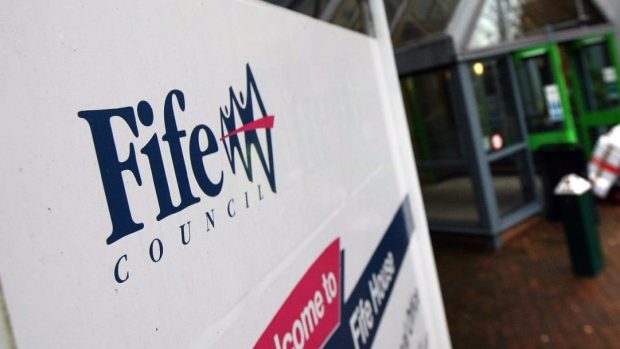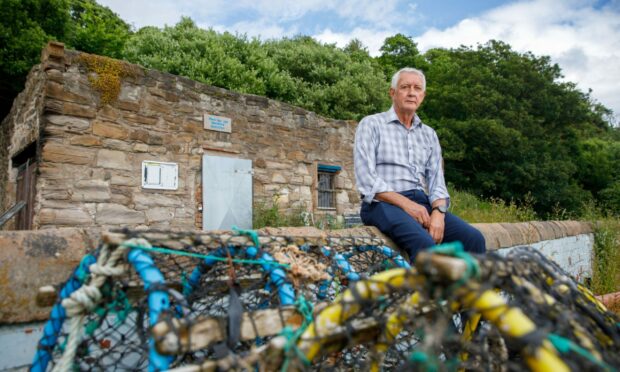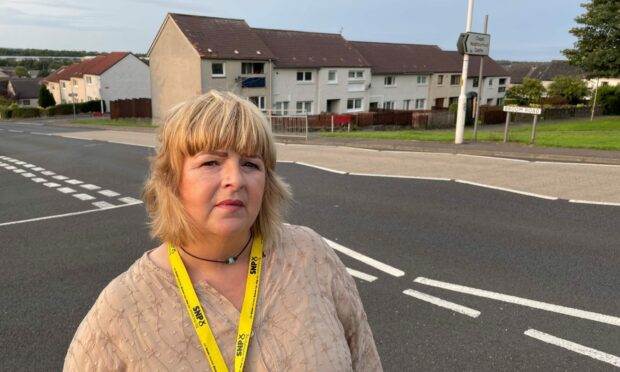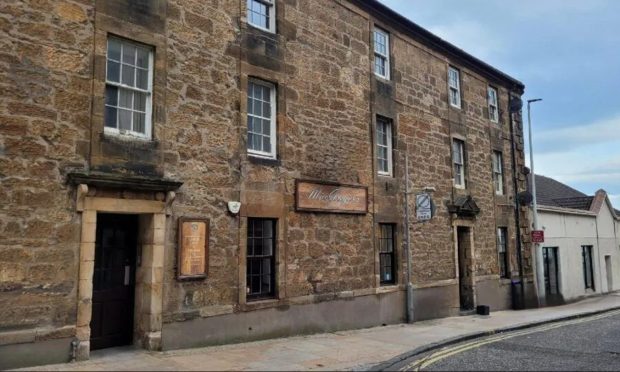Fife pupils will be taught about slavery and how it affected the region, in a new project for Black History Month.
Councillors have agreed to “carefully review the issue of Fife’s black history and slavery” and look at those who benefitted and suffered from the practice in the Kingdom.
Monuments and street names with connections to slavery will also be identified.
If plans go ahead, information explaining the link to the slave trade will be made available on statues and other landmarks – possibly using a QR code that can be scanned on a mobile phone.
‘Enslavement education action plan’
The ‘enslavement education action plan’ will include input from a number of experts from organisations including St Andrews University, Educ8, Herriot-Watt University and the University of Glasgow.
Black History Month was designated as October for 2021.
Diversity and inclusion are at the heart of the University of St Andrews experience and informs all that we do. #ProudToBe #BlackHistoryMonth @univofstandrews #DiversityandInclusion #highered @AdvanceHE
https://t.co/FcA8SyyDVT— Black History Month 2021 -Proud To Be (@BhmUK) October 27, 2021
The month is intended to recognise the contribution and achievements of those with African or Caribbean heritage. It’s also an opportunity for people to learn more about the effects of racism and how to challenge negative stereotypes.
Kirkcaldy North councillor Neil Crooks, chairman of the working group which produced the Fife action plan, said: “Today it’s incomprehensible that British society would find enslavement of people acceptable in any form.
“However, this wasn’t the case in the past and here we are hundreds of years later still coming to terms with racism and using a month to give the subject a public airing.
Slave trade ‘affected every part of society’
“The slave trade and its impacts are far-reaching and complex and have affected every part of society. We cannot consider this in isolation, instead, we must look at it in the context of ongoing issues of racism and inequality in areas such as income, education and health, and the continuing under-representation of people from black and minority ethnic communities in many professions, roles and institutions.
“Our plan sets out a number of actions which we hope will promote greater awareness among Fife’s young people and the wider community of the slave trade and its continuing impact and legacy in Fife, Scotland and beyond.”
As part of the plan, it is hoped the council will support further research by the University of St Andrews into historical links between enslavement and Fife.
A possible public awareness campaign on Fife’s links to slavery, may also be established as part of the work.
Learning about Fife’s slavery links
Adult learning programmes around Fife’s links to historical enslavement and the impacts of modern enslavement are also being considered.
Plans are also in the pipeline to produce a Fife publication similar to the West Lothian Connection, created by Fair Justice System for Scotland.
The West Lothian Connection is a book highlighting historical links the area has with the transatlantic slave trade.











